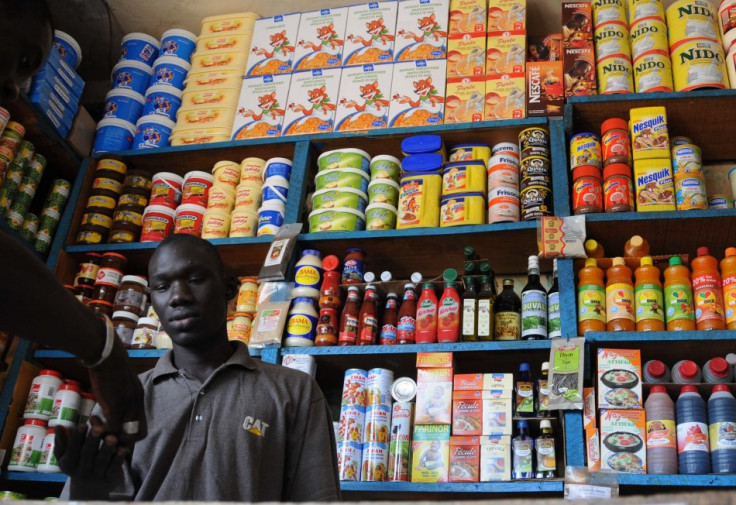US Manufacturer PPG Denies Selling Poisonous Lead Paint in Africa

A US-based manufacturer has been criticised for failing to withdraw its poisonous lead paint from stores across Africa.
Paint sold by Seignerurie, a subsidiary of PPG Industries, in Cameroon contained more than 5,000 times the amount of lead legally allowed in the US, claim independent chemists. Seignerurie is Cameroon's biggest paint supplier.
PPG is a global supplier of paints and coatings, and has manufacturing plants in 41 countries.
Research by Occupational Knowledge International (OK International) and the Research and Education Centre for Development (CREPD) found that the company sells household paint with lead concentrations as high as 50 percent by weight.
Lead is added to paint because it is a cheap way to add colour, resist corrosion and improve drying. Children exposed to lead paint can suffer from brain damage, mental retardation, lower educational performance and other health problems.
There are no regulations on the lead content of new paints in Cameroon.
The World Health Organisation estimates that 99 percent of the 240 million people overexposed to lead contamination live in developing countries.
Perry Gottesfeld, executive director of OK International, said: "There is an immediate need for regulations to restrict the lead content of paint in Cameroon to protect public health.
"The levels of lead are extraordinarily high. These products have been banned in the US for more than 30 years."
Double standards
The researchers took samples from paint in dozens of stores in Cameroon. They found 66 percent of samples from more than 10 companies in Cameroon contained hazardous levels of lead.
PPG sent a letter to some of its distributors offering to exchange some of its products, but very few responded, the company said.
None of the paint sampled carried hazard warnings on the tin and only 8 percent identified ingredients.
Gilbert Kuepouo, coordinator of CREPD, said: "The problem we are seeing is that the older paint is still in stores because none of the companies have recalled products with hazardous levels of lead.
"As a result, we are asking consumers to look for labels that indicate that lead levels are less than 90 parts per million as required in the US, China, and other countries."
Gottesfeld added: "This is the ultimate case of a company operating with double standards as they sell hazardous products in developing countries that have been banned in the US since the 1970s."
PPG spokesman Jeremy Neuhart told IBTimes UK that the company had worked to reduce lead paint products in Cameroon.
"PPG globally adopted a position that limits the lead content for all architectural and decorative coatings marketed to consumers to the United States Consumer Product Safety Commission (CPSC) standard of 90 parts per million (ppm) in 2008," he said.
"In 2011, PPG undertook an internal review regarding lead in consumer paint sold in Cameroon, which does not have a legal limit for lead in paints and coatings. PPG has indicated its support of a Cameroon governmental standard for lead in consumer paints and will comply with such a regulation if enacted.
"PPG's acquired subsidiary in Cameroon [Seignerurie] met with government officials in 2011 to discuss reformulation of consumer coatings to meet the CPSC standard of no more than 90ppm, which is the lowest regulatory standard in the world. These changes were completed in late 2011.
"Consumer coatings produced by PPG's African manufacturing facilities now comply with the CPSC lead-content standard.
"PPG has been in the process of collecting and properly disposing any lead-containing consumer paint as it is returned from customers.
"Regarding product labeling, PPG has aligned its labeling practices in Cameroon with more stringent and comprehensive standards in place in the European Union."
© Copyright IBTimes 2025. All rights reserved.





















